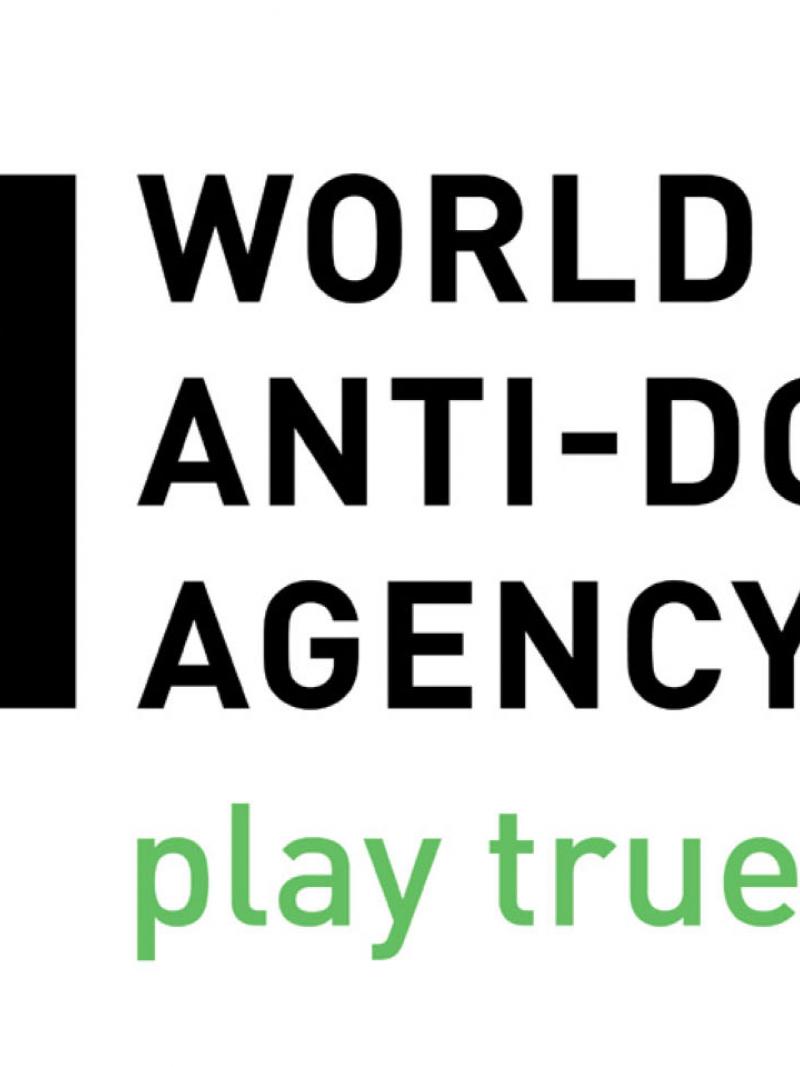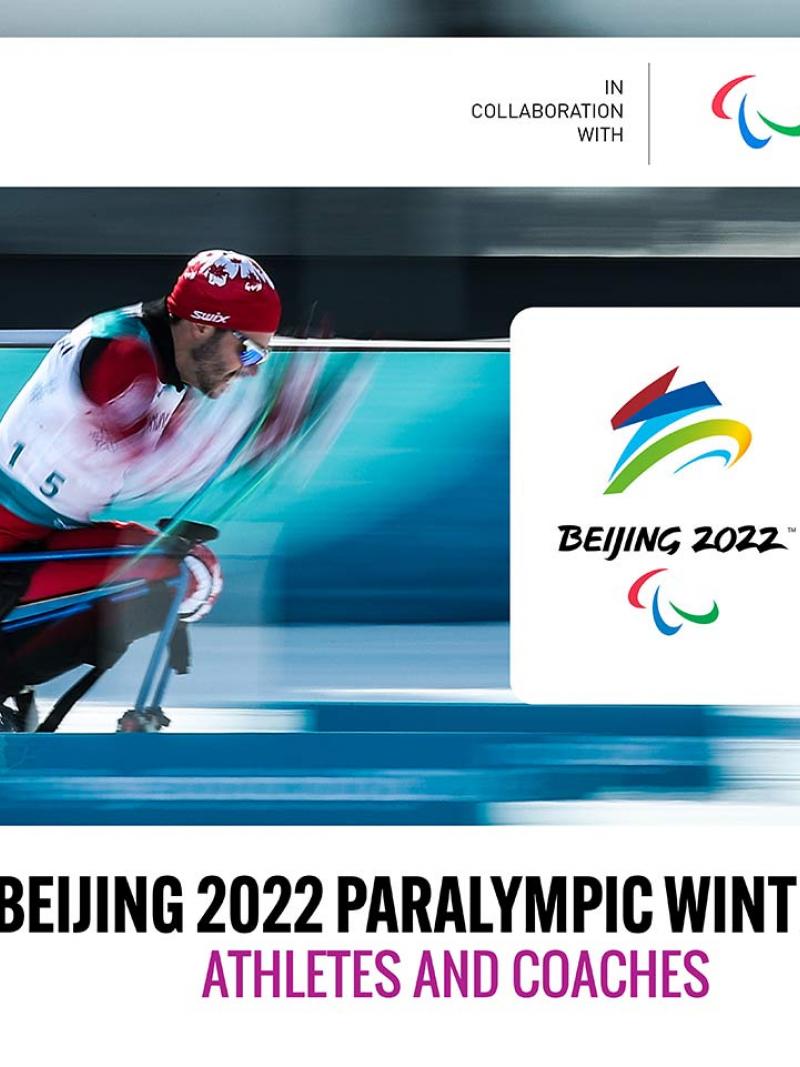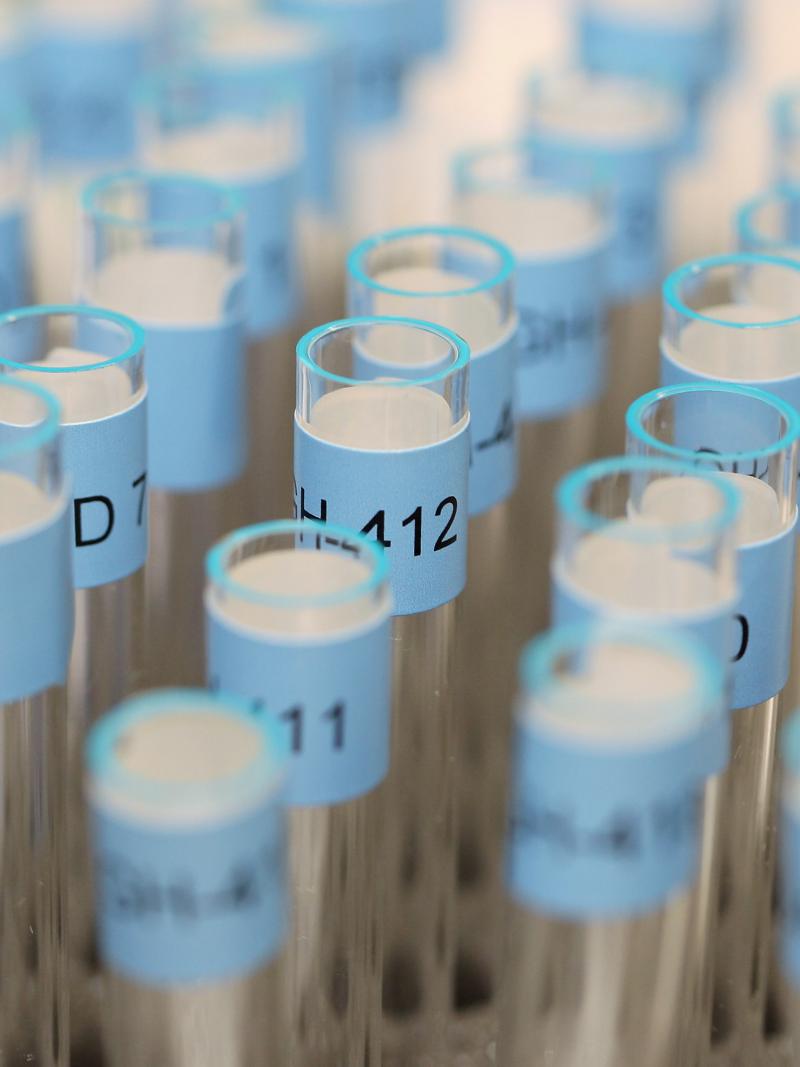WADA backed Independent Observer Team commends IPC for anti-doping policies in Tokyo
IPC releases details of anti-doping programme for Beijing 2022 Paralympic Winter Games 28 Feb 2022
Ahead of the Beijing 2022 Paralympic Winter Games, in its official report, the Independent Observer Team has praised the work of the International Paralympic Committee’s (IPC) Anti-Doping team at the Tokyo 2020 Paralympic Games, which took place in August and September 2021.
In particular, the IO Team commended the IPC for its “strong commitment to clean sport, as well as for the high standards of its anti-doping policies and procedures”. The report includes 20 recommendations for the IPC to address.
The Independent Observer (IO) programme was established by WADA in 2000 with the aim to contribute to effective doping control programmes during major sporting events and to enhance athlete and public confidence in the quality, effectiveness and reliability of the anti-doping programme in place.
The IO team consists of experts appointed by WADA. It is responsible for observing all different aspects of the doping control process, reviewing relevant documents, contributing to the overall implementation, and providing daily feedback to the IPC and local Organising Committee.
The IPC’s Anti-Doping department was formed in 2018 and Tokyo 2020 was the first time that the IPC had managed its own anti-doping programme at a Paralympic Games.
In acknowledging the IO Team report, IPC Anti-Doping Director James Sclater said: “This report is an affirmation of the work our small team has done to improve anti-doping procedures over the last few years. A huge amount of effort went into Tokyo 2020, not least because of the challenges presented to us because of the global pandemic and the postponement of the Games for a year.
“In terms of testing numbers, the Tokyo 2020 Paralympic Games were our biggest ever anti-doping programme. Its success was due in no small part to the staff and volunteers of the Tokyo 2020 Doping Control team, the Japan Anti-Doping Agency, the Japan Sport Council, the IPC Medical Committee, and the assistance of volunteer experts from anti-doping organisations from around the world.”
Among the commendations from the IO Team were how:
• The IPC prepared a “dynamic” Test Distribution Plan based on the thorough evaluation of each of the 22 sports.
• A record 2,174 samples were collected – 1,122 out of competition and 1,052 in-competition. Of note was how the IPC took a “dynamic approach towards in-competition selections”.
• The athletes’ rights and responsibilities for doping control, based on the Athletes’ Anti-Doping Rights Act, were available in nine different languages.
• The IPC compiled and published an “excellent” complement to the existing Doping Control Guidelines called The Doping Control Guide for Testing Athletes in Para Sport. This guide was seen as comprehensively providing information about the types of impairments that were eligible within Para sport and tips on how to engage with athletes with a disability.
• The IPC, in collaboration with WADA, launched an anti-doping e-learning course on WADA’s Anti-Doping Education and Learning platform (ADEL), specifically made for athletes, coaches and other support personnel participating the Paralympic Games. The course was offered in nine languages and completed by 2,153 individuals.
• The IO found good awareness of anti-doping processes in its interactions with athletes and their support personnel.
• In intelligence gathering, the IPC collected information from various authoritative sources and promoted the possibility to report information confidentially through WADA’s Speak Up! whistleblowing platform.
• The “very successful” implementation of the sample collection programme by the Tokyo 2020 Doping Control Team and the IPC.
• The high standard of preparations at the venues and knowledge of the anti-doping staff at the Tokyo Organising Committee, and the “excellent” quality of performance by the Doping Control Officers.
• The work the IPC did with other Paralympic International Federations in preparing for the Games.
Sclater added: “We are very happy with findings of the IO Team, and we will work on the recommendations to improve our Games even further in future. We note that there were no serious concerns and that the recommendations made were to make improvements to the programme.
“There were many pleasing aspects for us. We were particularly pleased with the engagement from athletes and coaches in the anti-doping e-learning course on WADA’s Anti-Doping Education and Learning platform, where over 2,100 completed the course. The reception was so good for that that we did a similar e-learning course for Beijing.”
What does the IPC’s anti-doping programme for Beijing 2022 look like?
Athletes in all sports can be selected for doping control anytime and anywhere during the period of the Paralympic Games. Practically, what will this look like?
• Approximately 756 doping control samples, including both blood and urine, will be taken. This is a 12% increase of the 677 samples collected during PyeongChang 2018.
• There will be testing anytime, anywhere throughout the period of the Paralympic Games, testing has already started from the opening of the Paralympic Villages on 25 February through to the Closing Ceremony on 13 March 2022.
• The test planning incorporated anti-doping intelligence and will focus on targeting specific high-risk groups of athletes
• A WADA-accredited Doping Control Laboratory in Beijing will analyse all blood and urine samples.
• All the samples collected in Beijing will be kept by the IPC at their new storage facility for 10 years.









